
Projects
2021
-

Oribotic Instruments Workshop
Experimental Robotic Origami Music
What does it take to create self-aware robotic instruments out of a piece of paper? An Ars Electronica Futurelab workshop was only the start of a new type of avant-garde robotic origami music performances.
-

Hybrid Space
Interactive Telepresence Museum Experience
Hybrid Space was an installation by the Ars Electronica Futurelab, presented as part of the lab’s 25-years anniversary in 2021. It provided an interactive space in the Ars Electronica Center where museum visitors could meet and interact with online visitors.
-

Hands for the Future
Participatory Installation on Social Issues
Hands for the Future is a participatory media installation at the Ars Electronica Center that serves as a call to action for the various deep issues that humanity urgently needs to address.
-
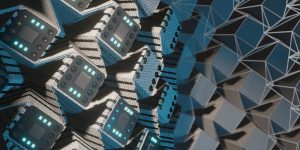
ORI*BOTICS
The Art and Science of Robotic Origami
ORI*BOTICS, the art and science of robotic origami, is a follow-on research project that continues the investigation of origami, technology and nature. It extends on our novel methods for designing and making strong, flexible and highly irregular origami from textiles and 3D printing, namely Fold Printing and Fold Mapping.
-
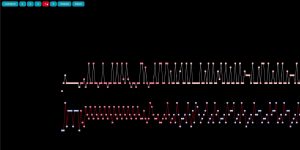
Sounding Letters
When AI Turns Letters Into Music
Ars Electronica Futurelab and Ars Electronica Center celebrated their 25th anniversary in 2021. As part of the celebrations, Sounding Letters was created: it utilizes the initial letters of the two institutions as a musical theme, which was used to compose a piece of music with the help of the AI system Ricercar.
-

Memo Futurum
Sharing Future Visions Across Time
Memo Futurum is an invitation to engage with our personal and collective visions of the future. The public was able to participate via website and submit a voice message until the end of 2021. The contributions were then transferred to vinyl records, which will only be opened again in 25 years, when the cycle begins…
-
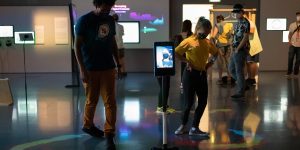
OutReach
Physical Interaction for Telepresence Robots
OutReach is a solution that plays to the strengths of telepresence robots. By adding remotely controlled actuators to light switches, elevator buttons, or any other controls in a given environment, OutReach provides a way of interaction with the remote surroundings.
-

Ars Electronica Tokyo Initiative
Co-Creating Innovation and Future Society
Since 2014, Hakuhodo and Ars Electronica have collaborated in the joint project Future Catalysts. To further expand these activities, the two institutions launched a mission driven innovation community named “ARS ELECTRONICA TOKYO Initiative (AETI).”
-
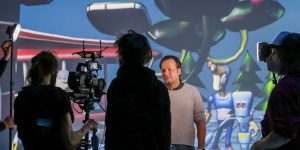
Deep Virtual
Instant Hybrid Reality in Video Production
Ars Electronica Futurelab’s video production system Deep Virtual is able to merge virtual into physical reality in real time and to transmit this hybrid reality instantly. With its development, the Lab has set a milestone in the history of Deep Space 8K : The idea for live hybrid video production takes the broadcasting of virtual…
-

Resonant Media
Exhibition on the Possibilities of 8K Visualization
“Resonant Media – Possibilities of 8K Visualization” took an artistic and scientific approach to explore the new possibilities of 8K from diverse perspectives. The exhibition in Tokyo in 2021 presented a diverse range of projects that explored the future of 8K beyond the existing frame.
-
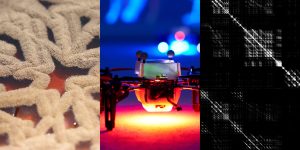
Future Ink
In Creativity, Where Is My Soul?
The Future Ink Project is a research project to explore the future of creativity from all aspects of ink. Various prototypes were developed in the course of Future Ink, from using tablets and drones to paint to visualizing brainwaves and body signals as immersive three-dimensional ink.
